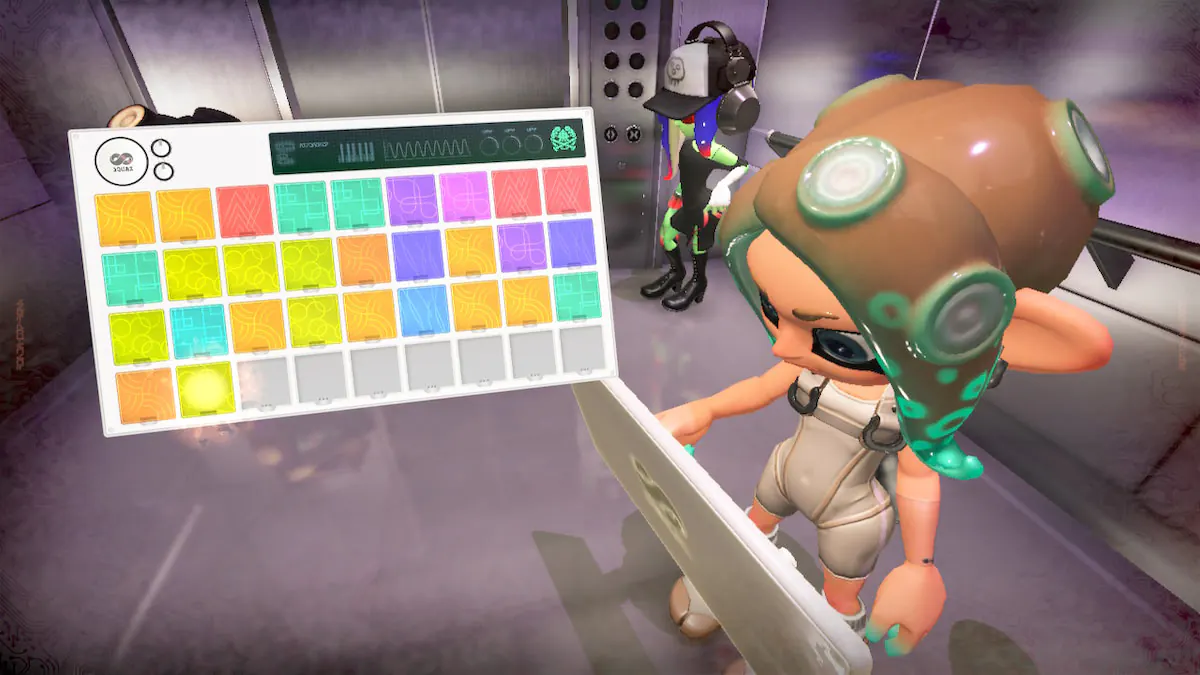© ROOT-NATION.com - Use of content is permitted with a backlink.
Sometimes it’s hard for me to understand why Splatoon isn’t a global franchise. However, it doesn’t lack attention: only the third installment broke all sales records and almost single-handedly put the Japanese community on pause for several days after its release. I wrote about why this shooter is outstanding and deserves your attention immediately after its release. And in February, a significant event happened — the release of the long-awaited second expansion. An expansion that finally convinced me that Splatoon is a crucial and one of the bravest franchises in Nintendo. But what makes it so special?

This month, Splatoon 3 is not the only team-based shooter game making headlines. Not long ago, Foamstars was released, which immediately made its way into the PlayStation Plus catalog. Many people derogatively referred to the game as a Splatoon clone, and I must admit that this isn’t far from the truth. The title from Square Enix is functional and has its merits, but compared to Splatoon, it just feels… generic. It can’t boast of unique design, outstanding music, or exceptionally deep lore. Nintendo could have taken a similar approach with Splatoon, and most likely, no one would have complained — it still would have been a unique IP. However, its story would probably resemble that of ARMS — a decent attempt at something new, but ultimately forgettable.
Read also: Penny’s Big Breakaway review: sorry, Sonic, I have a new favorite

Let’s rewind the clock to 2019 (as I would actually like to!): In Splatoon 2, another Splatfest is underway where players decide which side they prefer: Team Chaos or Team Order. Team Chaos emerges victorious, directly impacting the state of the world in Splatoon 3. Indeed, the community’s choice is closely tied to the unfolding story (and there is a story here — quite an intriguing one) of this psychedelic world of ink and k-pop-like idol worship. The concept of Splatoon 3: Side Order revolves around the idea of showcasing what the world would look like if Team Order had won. Spoiler alert: not very appealing.

In a sense, Side Order continues the ideas introduced in Splatoon 2: Octo Expansion. The protagonist Eight returns, along with the pop duo Pearl and Marina. They have noticeably changed: Pearl has somehow learned to transform into a drone, while Marina turns out to be a programmer. The expansion delves into the complex past of the octoling character (let’s not delve into the details of past wars here — at times, Splatoon ceases to be a cartoonish shooter for all ages) and paints an intriguing picture of a virtual post-apocalypse ruled by the fascist order of artificial intelligence.
Read also: Review of Lenovo Legion Glasses: glasses – a pocket monitor for gaming and more
The most unoriginal part of Splatoon 3: Side Order is, in fact, its gameplay idea. Yes, it’s another DLC with rogue-lite elements. If you say you’re tired of it, I’ll agree — it’s somewhat unoriginal. But don’t doubt that the developers have done everything to make their variation of the tired gaming cycle proudly be one of the best. On the surface, it’s business as usual: we have a tall tower with numerous floors, each offering trials of varying difficulty (which you can choose, along with rewards). The goal is to reach the top and defeat the boss. If you’ve played Dead Cells, many elements of that masterpiece are also present here. Like there, each run doesn’t completely reset progress — our hero becomes slightly stronger, and in-game currency can be used to buy permanent upgrades. Eight gains access to new weapons, while Pearl gets access to new gadgets.

The expansion is most inspiring with its style — it’s nothing like the Splatoon we’re used to. The colorful levels and Y2K aesthetic are a thing of the past — Side Order is practically devoid of color and even has a gloomy appearance, and the new enemies are intimidating. The third installment of the series previously couldn’t boast a large number of original ideas, but now that’s not a problem.
Perhaps the main complaint of players will be about the difficulty — for a roguelite, Splatoon 3: Side Order is relatively easy. If you’re an experienced multiplayer veteran, you have a good chance of completing the add-on almost immediately. However, there won’t be many like that. Furthermore, the game, judging by everything, hides a “true” ending, which will only be available to those who complete it 100%. And that’s a whole different task. Nevertheless, you’re unlikely to lose interest — there are already plenty of level variations and character development options. Since Eight collects unique chips on each floor, each new attempt to reach the finish line will feel fresh. There are, however, too few bosses — especially for the genre. That’s my main complaint: it seems like it could have been a separate full-fledged game with just a little more content. But even so, there’s more than enough variation here to keep you engaged for 10 hours or more.
Read aso: Review of Lenovo Legion Go: Portable Gaming Console-Transformer

Verdict
We’ve been waiting for a full-fledged sequel to Splatoon 2: Octo Expansion for a long time, and we finally got it. Splatoon 3: Side Order combines all the strengths of the IP — excellent gameplay, endless style — and adds an entirely new genre to the formula. The result is a slightly simplified take on roguelite, but nonetheless intriguing.
Також цікаво:
- Why Motorola makes the most romantic smartphones
- KIVI KidsTV for children’s room review: Brick-style design, night light and protective glass

